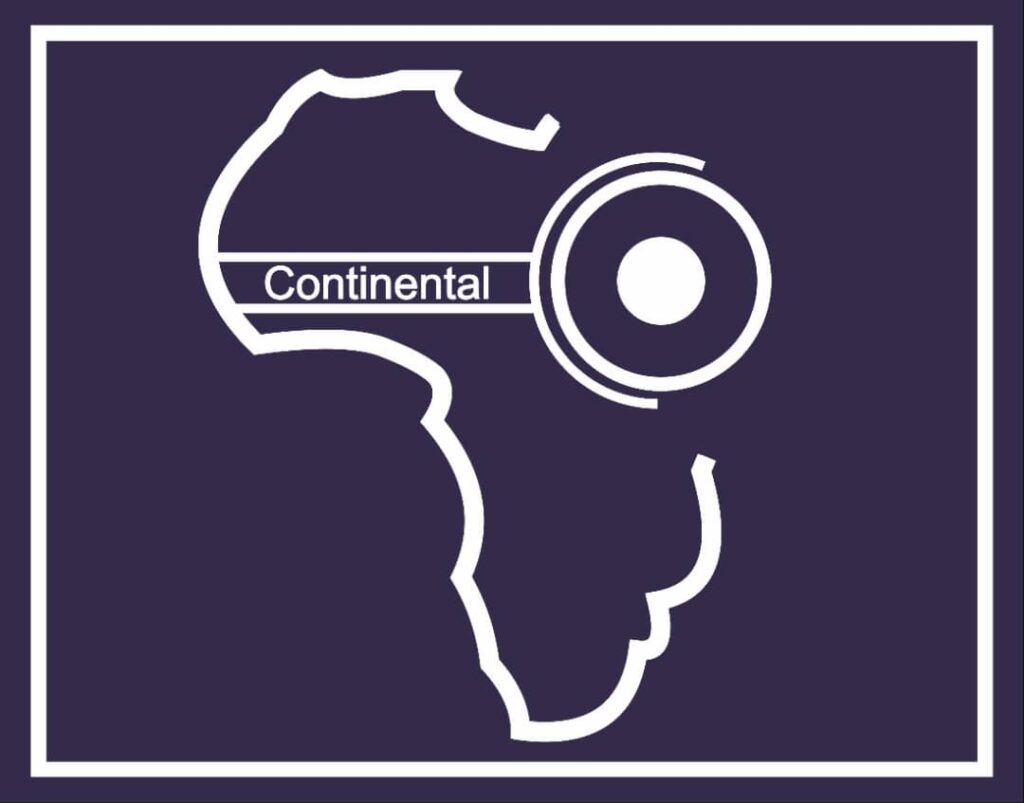Debt-to-GDP ratio has remained a global standard metrics to determine debt sustainability of government borrowing across economies. The debate weather this metrics is sufficient has also occupied public space following peculiarities of economies with regard to revenue base and debt servicing capabilities.
Nigeria is one country that has been at the center of this argument with regards to its weak revenue base and high debt servicing budgetary allocations. The Nigerian Economic Summit Group, (NESG) has invented Debt Burden Index (DBI), a tool suitable for a multidimensional assessment of the debt stress on the nation.
NESG said that, while Debt-to-GDP ratio and other metrics provide a macro-level orientation, they suffer from significant limitations, particularly in failing to account for the fiscal effort required to service debt obligations, the maturity structure of debt, the foreign exchange risks embedded in external borrowings, and the evolving cost of debt across market and concessional windows.
DBI captures both the scale of debt and the economy’s capacity to manage it, offering a composite view of fiscal pressure that is better aligned with Nigeria’s evolving debt dynamics.
The report is presented at the ongoing Annual Economic Summit holding in Abuja
According to the maiden report, Debt Burden Index is constructed using five (5) internationally recognised debt indicators endorsed by the IMF and World Bank: domestic debt-to-GDP, external debt-to-GDP, external debt-to-exports, debt service-to-exports, and debt service-to-revenue. These indicators were normalised using a Fixed Reference Min-Max scaling technique, with 2007 selected as the base year to reflect the point at which these indicators were at their lowest after the Paris Club debt relief in 2005. Each component reflects a dimension of fiscal stress, and weights are assigned based on Nigeria’s debt structure. Most notably, the debt service-to-revenue ratio carries a 40 percent weight, given its direct link to liquidity pressures. The DBI thus provides a continuous, transparent, and easily interpretable measure of Nigeria’s debt burden.
[READ ALSO] WTO raises 2025 World Merchandise Trade growth forecast to 2.4%, lowers 2026 projection
Additional strength of Debt Burden Index
The DBI also provides a framework for actionable policy insights.
First, it underscores the need for borrowing discipline, emphasising that future debt must be linked to productive, growth-inducing projects with measurable returns.
Second, it reaffirms the urgency of domestic revenue reforms, including VAT efficiency, mining royalties, and digitalised property taxation.
Third, the report advocates for stronger private sector mobilisation through diversified instruments, such as equity-based infrastructure financing, Public-Private Partnerships (PPPs), and crowd-sourced investment in public goods.
Fourth, it encourages a national shift toward net worth-based debt management, ensuring that any increase in liabilities is offset by an equal or greater increase in national assets.
Lastly, it calls for deep institutional reforms to improve debt transparency, coordinate subnational borrowing, and enforce rules-based fiscal governance.







